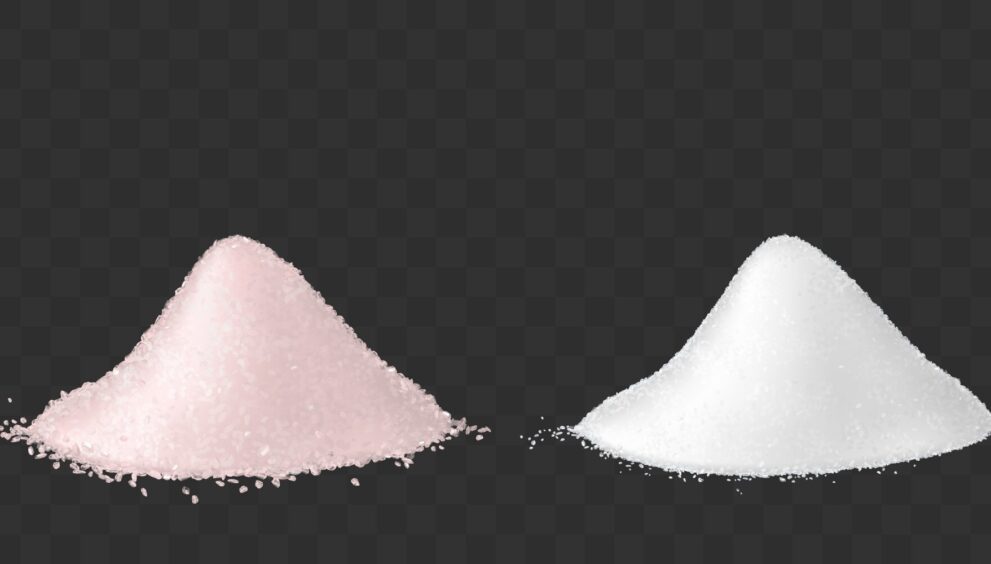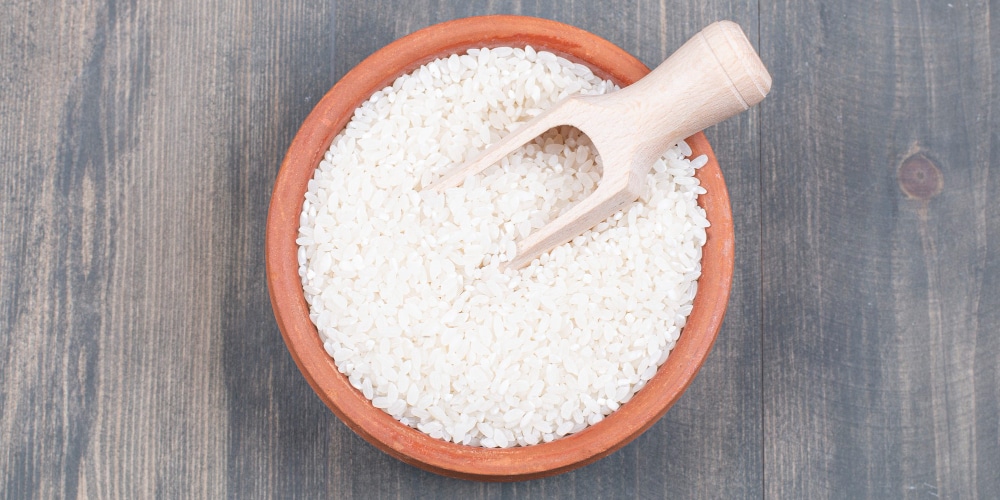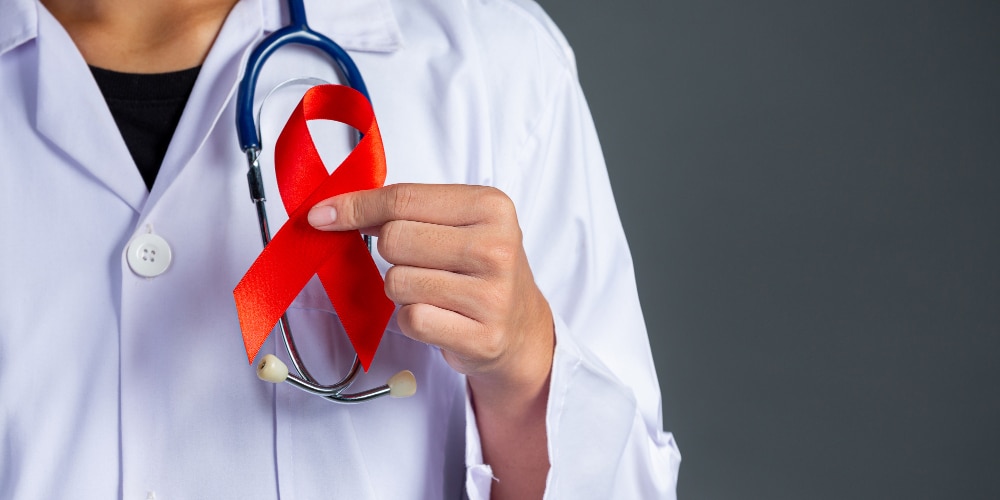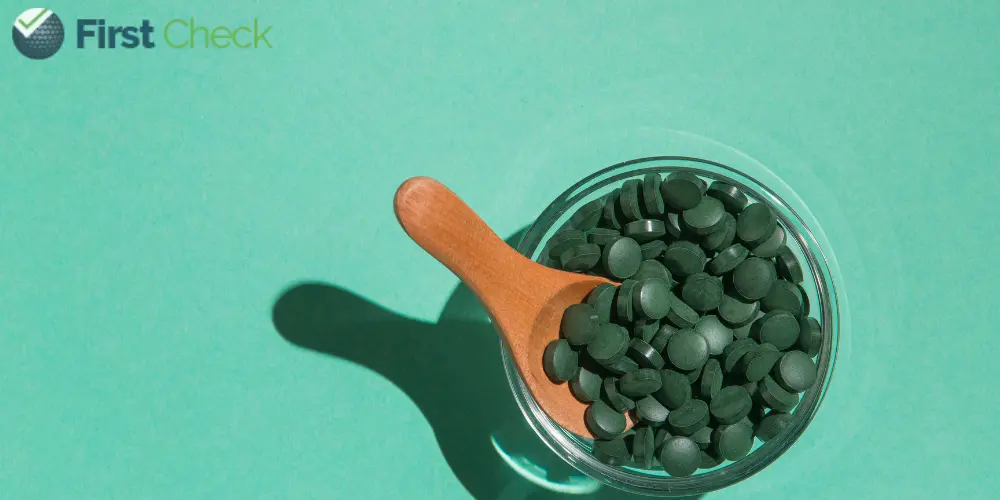Latest
No, Himalayan salt is not healthier than iodized salt
Author
Author
- admin / 12 months

- 0
- 4 min read

Author
CLAIM:
Himalayan salt offers no significant health benefits compared to iodized salt
FACT:
No scientific evidence shows that Himalayan pink salt offers more health benefits than regular table salt
A video posted on Instagram suggests that Himalayan pink salt is a superior alternative to regular table salt due to its mineral content. The video with 56,498 likes on Instagram claims that this salt is a better option for those without iodine deficiency, while those with the deficiency should opt for iodized salt.
The video begins with one of the two speakers with an ostensible preference for white salt asks the other to pass him some salt.
“Why are you having white salt, have pink salt,” the other replies.
The first speaker makes a strong case for the white salt: “It helps regulate hormones, metabolism, and supports healthy development in young children.”
“Iodine deficiency can lead to thyroid problems and goitre,” he adds.
He questions the claimed benefits of pink salt: “Himalayan salt gets its pink color from traces of minerals such as magnesium, potassium, calcium, and 80 other trace minerals. The quantity of these minerals is so negligible that you’ll have to eat tons of salt to get any benefit. And that wouldn’t be good for us because of the high sodium levels.”
The second speaker agrees but still advocates use of Himalayan salt in case of no iodine deficiency. “ If you’re concerned about your iodine levels, then iodized salt is a better option. And (if) you don’t have iodine deficiency, then pink salt is better,” she argues.
In another video posted on YouTube, the content creator claims that having Himalayan salt offers three health benefits: one, it treats muscular cramps, second, it helps in the digestion and third, it helps patients with BP. The channel has 7.86 million subscribers.
‘No clinical evidence’
No scientific evidence shows that Himalayan pink salt offers more health benefits than regular table salt. Both salts are primarily composed of sodium chloride.
“The Himalayan salt (HS) has become a popular alternative for the traditional table salt (TS) due to its health benefit claims, particularly for individuals with arterial hypertension. However, despite the increase in HS consumption, there is still a lack of clinical evidence to support a recommendation for its consumption by health professionals,” says a study.
In contrast, regular iodized table salt provides iodine, a crucial element that helps prevent iodine deficiency, which can lead to thyroid problems and developmental issues.
World Health Organisation has recommended that all food-grade salt, used in household and food processing “should be fortified with iodine as a safe and effective strategy for the prevention and control of iodine deficiency disorders in populations living in stable and emergency settings.”
Mohammad Salim Khan, professor at the Government Medical College in Srinagar told First Check that pink salt is “grossly deficient”.
“Himalayan pink salt, though it contains many minerals, is grossly deficient in doses as daily recommended quantities, especially of iodine,” Professor Mohammad Salim Khan of Government Medical College Srinagar told First Check. “Iodized salt is fortified with iodine at 30 PPM at the production level and 15 PPM at the consumer level to provide sufficient quantity as required for thyroid hormone synthesis and overall body metabolism.”
“Iodized salt comes primarily from the sea, and after processing, it has almost no contamination, whereas rock salt is harvested directly from salt mines in the mountains, which may contain other impurities,” Prof Khan added.
Also read: FACT CHECK: Viral video claims salt isn’t a concern, blames sugar instead – First Check
Do you have a health-related claim that you would like us to fact-check? Send it to us, and we will fact-check it for you! You can send it on WhatsApp at +91-9311223141, mail us at hello@firstcheck.in, or click here to submit it online.









